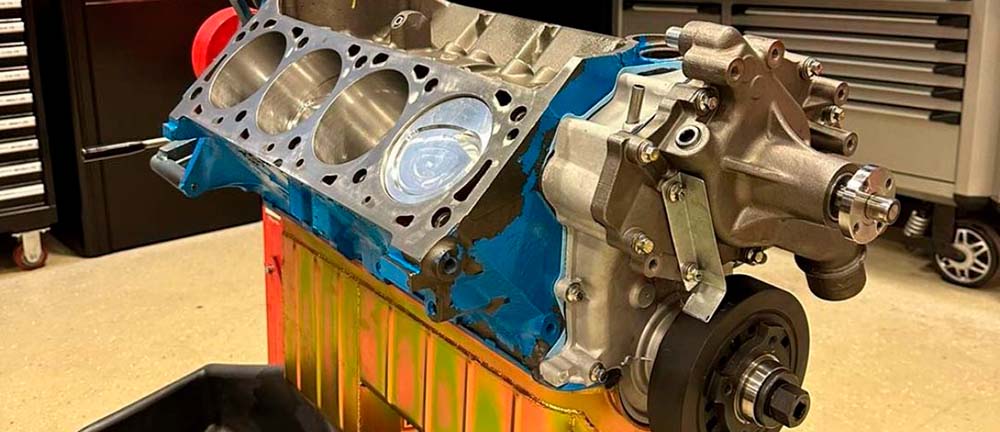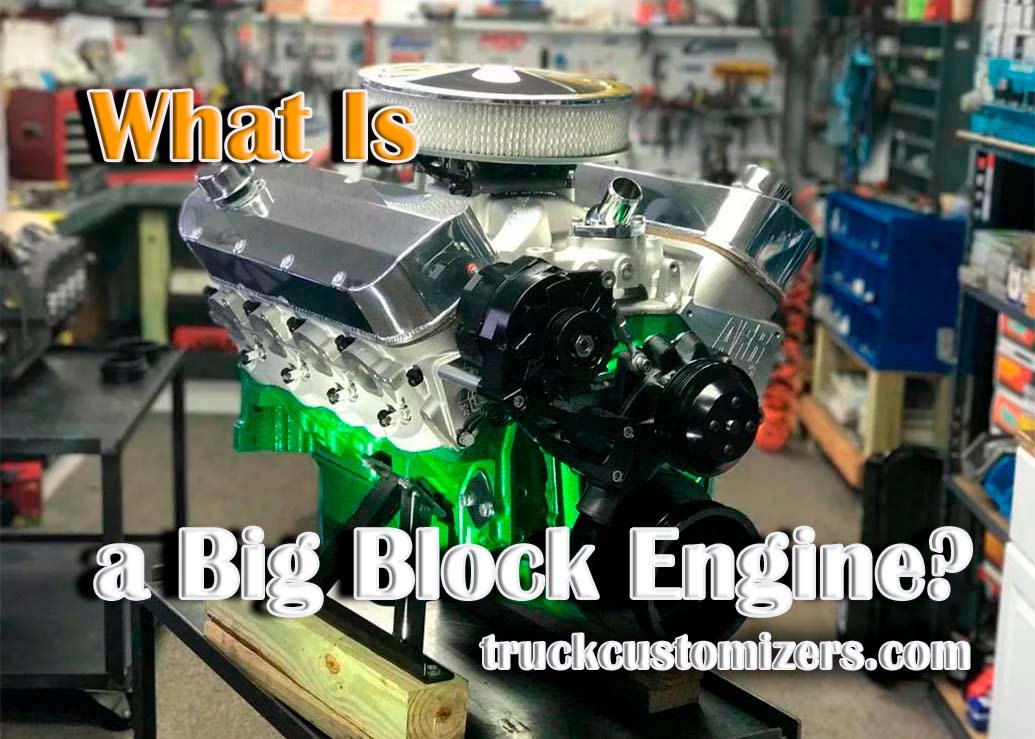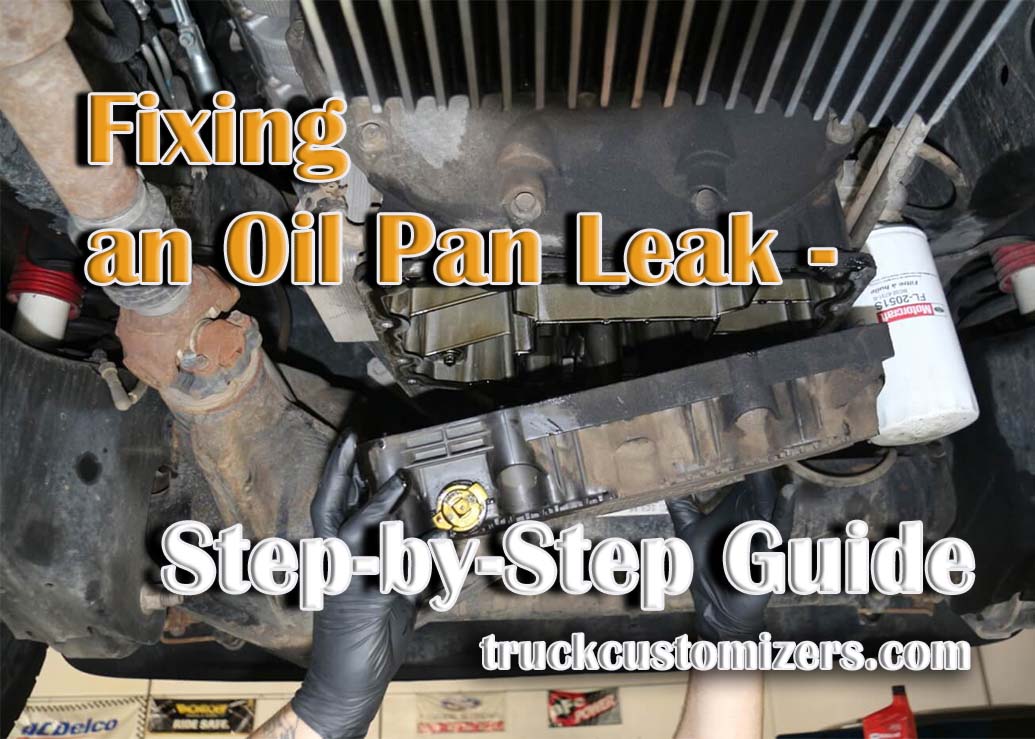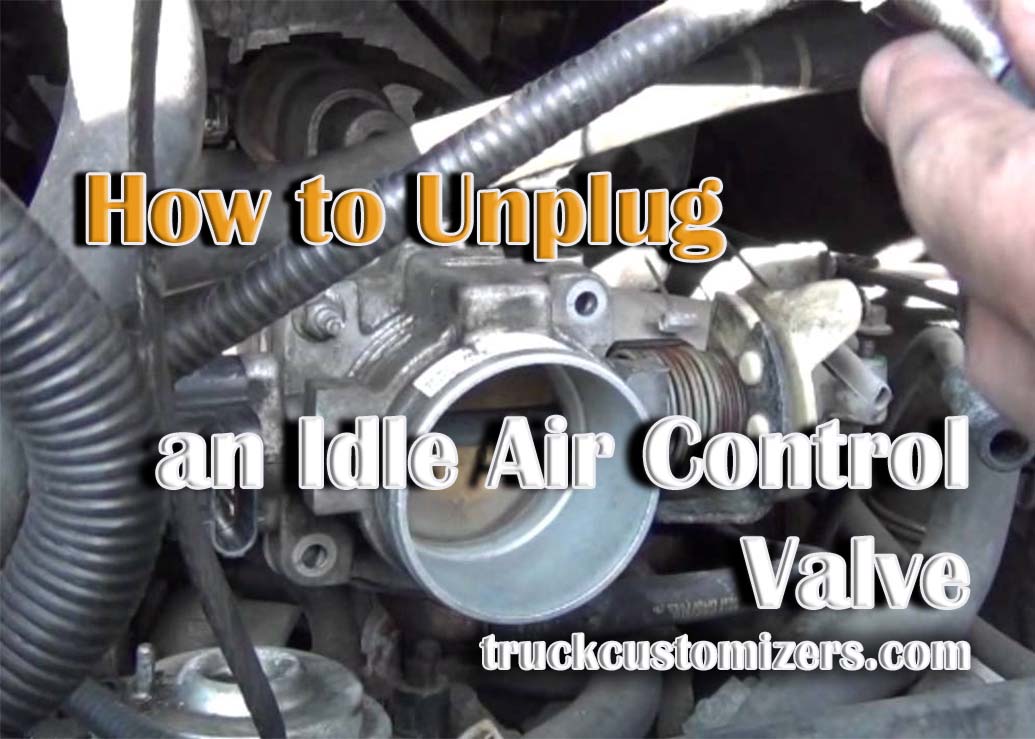The big block engine is one of the most powerful and iconic engines ever developed. It has been used in a variety of popular vehicles and is still used today by car enthusiasts who want extra power and torque. With its larger displacement, beefier components, and more efficient design, the big block engine provides an unrivaled level of performance that is ideal for drag racing or off-roading. In this article, we will explore what makes the big block such an impressive engine and discuss some of its features that make it so desirable. So, if you’re interested in learning more about this revolutionary motor – and why it remains one of the most popular choices for high-performance vehicles – read on!
What Is a Big Block?

A big block is a type of engine used in many high-performance and muscle cars from the late 1960s to the present day. Big blocks consist of large, powerful V8 engines that produce far more power than smaller engines, allowing them to accelerate faster and reach higher top speeds. They are often referred to as “muscle motors” due to their impressive performance capabilities. Big blocks are larger and heavier than other types of engines, but they also provide superior torque and horsepower ratings, making them ideal for racing applications or for high-powered street cars. The big block engine has become a staple in the world of hot rodding, as its impressive power output makes it easy to modify for even more performance gains.
Characteristics of Big Block Engines
Big block engines are generally characterized by their large size and impressive power output. They typically feature a large displacement between 5.0L and 7.4L, although some big block engines may go up to 8.2L or more. They also have a significant amount of torque and horsepower, making them great for high-performance applications. Big blocks also tend to be very heavy and bulky due to their large size and components, but this makes them ideal for those who want an engine that can stand up to the rigors of racing or off-roading. Other features include larger valve sizes than small block engines, allowing for more airflow and higher performance capabilities; double roller chains that provide additional strength; and beefier connecting rods that can handle more stress and higher RPMs than other types of engines.
Iconic Examples and Their Legacy
The Chevrolet Mark IV big block engine was introduced in 1958 and is considered the grandfather of all big blocks. It featured an impressive iron block with a 7.4L displacement, four-bolt mains, and a 10:1 compression ratio; it was also the first engine to have hydraulic valve lifters. This engine provided the foundation for other iconic engines like the Ford FE series, introduced in 1958 with a 6.4L displacement; the Chrysler Hemi B-series from 1959, featuring a 5.7L displacement; and the Pontiac RA-IV ‘Ram Air’ big block from 1967 that featured a 7.0L displacement with aluminum heads and 10:1 compression ratio. These engines have become staples in hot rod culture due to their superior power and performance capabilities as well as their legendary status among car enthusiasts.
Performance Highlights
Big blocks offer impressive power output ratings – typically ranging from 400–500 horsepower depending on modifications – and torque ratings up over 500 lb-ft (in some cases even reaching 900 lb-ft!). Additionally, they tend to be able to perform well under high-stress conditions thanks largely to their robust construction materials that can withstand immense strain without breaking down as smaller engines would do under similar conditions. Finally, another benefit often associated with big blocks is their ability to provide smooth acceleration despite having a much heavier weight than other types of motors – making them ideal for drag racing applications where speed is essential! For those considering engine upgrades or facing potential rebuilds, understanding the financial implications is crucial. How Much to Rebuild an Engine is a vital resource to also read.
Conclusion
The big block engine has become an icon in the automotive world and is still widely used today by performance enthusiasts. Its impressive power output, larger displacement, and beefier components make it one of the most powerful engines ever developed. It also offers reliable performance under high-stress conditions, making it ideal for many types of applications – from drag racing to off-roading. The big block has earned a well-deserved reputation over the years for its impressive performance capabilities and will likely continue to be a popular choice for those who demand more power from their rides.



